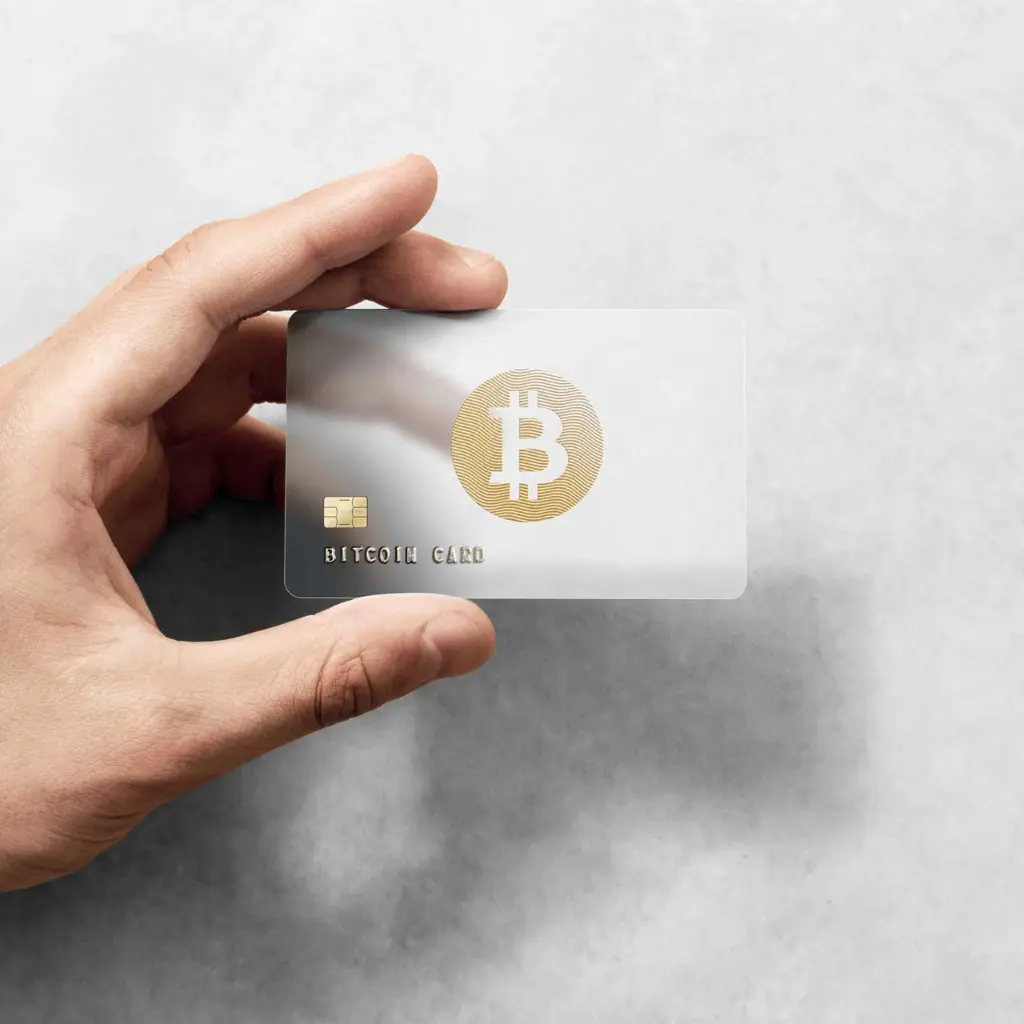Let’s be honest — Web2.5 education might sound like just another buzzy phrase, but it’s actually a really important bridge. For people stuck somewhere between Instagram and blockchain wallets, Web2.5 is where curiosity lives — and where confusion often begins. So, how do we teach these folks without making their eyes glaze over?
It’s not about forcing them to read whitepapers. It’s about meeting them where they are. Casual users. Skeptical minds. People who don’t want to know how a smart contract works — they just want things to work.
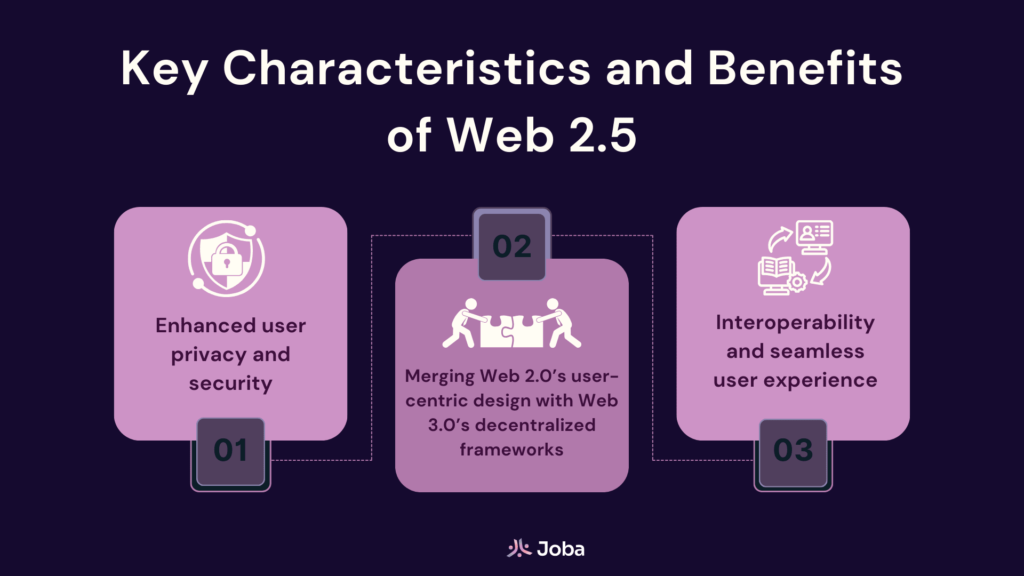
First: What is Web2.5 Education anyway?
If you’re reading this, you probably already have a sense, but let’s clear it up for the rest. Web2.5 isn’t a full leap into decentralized utopia — it’s that “in-between” phase where users still interact with familiar Web2 interfaces, but there’s blockchain tech humming quietly in the background. Think logging in with an email… but minting NFTs behind the scenes. Or owning digital items, but not needing to handle gas fees manually.
It’s a gentle introduction to Web3. And yeah, that gentleness is kind of the point.
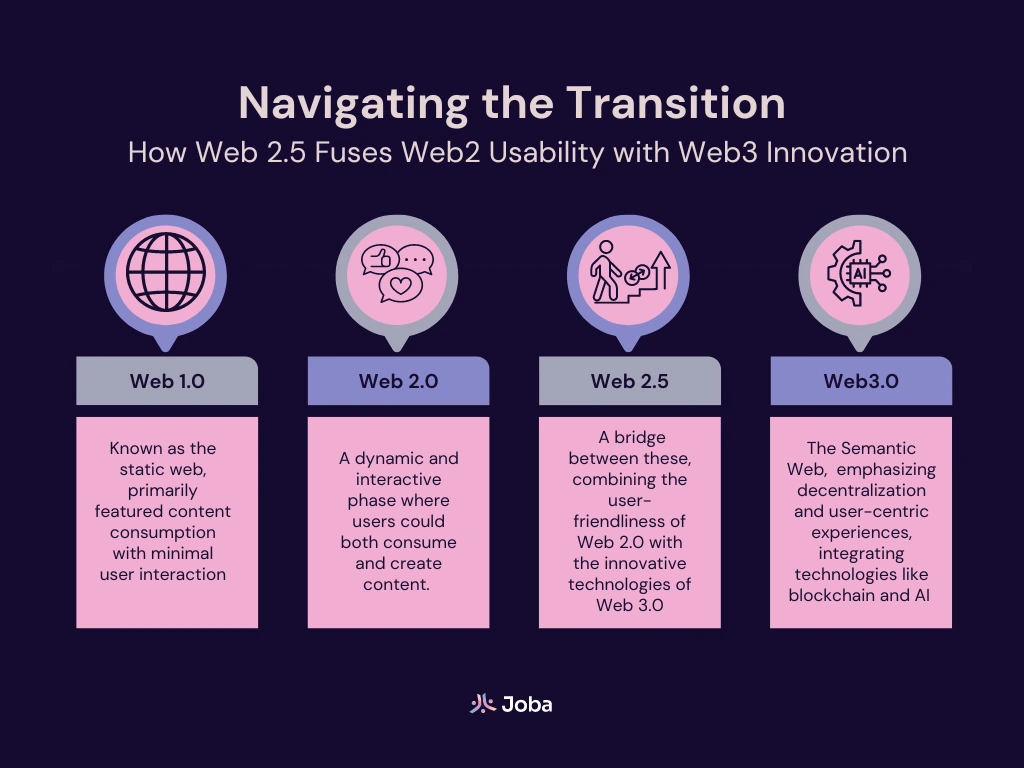
Why Web2.5 Education Is Its Own Beast
Traditional onboarding playbooks? Kinda useless here. Why? Because Web2.5 users aren’t necessarily crypto-curious — they’re just trying to use a cool app or buy a digital item. Education here needs to be subtle, contextual, and honestly… a bit sneaky.
There’s a sweet spot between explaining too much and leaving people totally clueless. Striking that balance? That’s the art.
Tip #1: Start With Language, Not Tech
One of the golden rules of Web2.5 education? Don’t say “blockchain” in the first five minutes.
Use familiar analogies. Instead of “You own your private keys,” try: “This is like having a master key that only you hold — not even the app can copy it.” When you say “NFT,” someone’s already rolling their eyes. But “a digital item you truly own”? Now we’re talking.
Plain language builds trust. Jargon kills it.
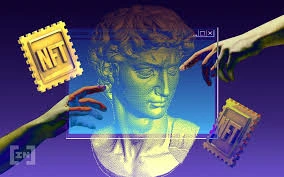
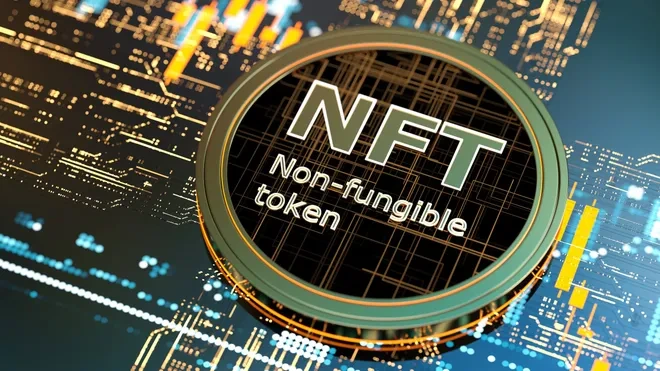
Tip #2: Onboarding = Education in Disguise
Here’s where things get interesting — Web2.5 education doesn’t always look like education.
A slick signup flow that shows a loading bar and says “Creating your secure wallet…” — that’s education. A tooltip that says “You can sell this item later if you want”? That’s onboarding and education.
You don’t need a pop-up explainer video — just build the journey in a way that teaches as it goes.
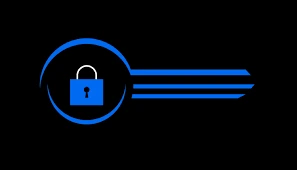
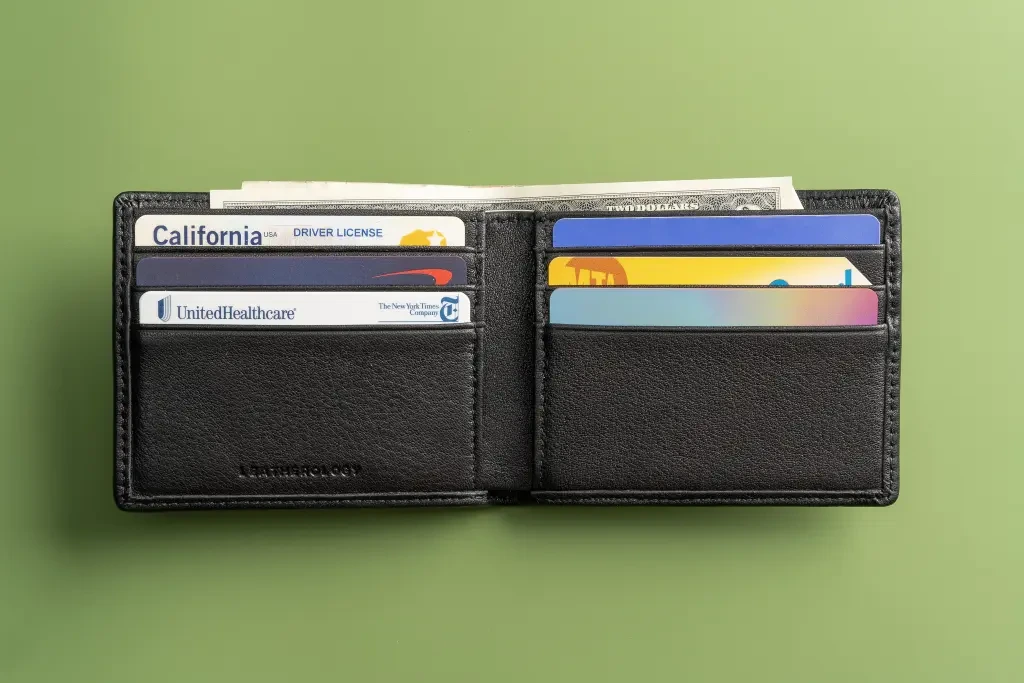
Tip #3: Focus on What Users Can Do — Not How It Works
Let’s face it, most users don’t care about decentralization. Harsh, but true.
What they do care about? Owning things, moving things, earning things, sharing things. So — highlight what Web2.5 lets them do. Can they sell their digital merch later? Can they prove they were at that live event? Great. Focus on the benefits. The tech can stay backstage.
This approach makes Web2.5 education way more effective because it speaks to motivation, not mechanics.
Tip #4: Embrace the “Explain It Again” Moment
Some users will get it right away. Others? Not so much. And that’s okay.
You might need to explain the same concept three different ways — once in a welcome email, once in a tutorial, once in a FAQ. Don’t assume people will read or retain everything the first time. Keep reinforcing, gently.
Also — and this matters — don’t shame users for “not getting it.” If your design makes them feel dumb, you’ve already lost them.
Tip #5: Trust and Transparency Win Long-Term
Web2.5 users often come from platforms where their data was sold, their privacy ignored, and their ownership? Practically nonexistent. So trust is fragile.
If you’re building or educating in this space, be transparent. Show what’s happening behind the curtain (in human terms). Give users the choice to dive deeper or stay surface-level. Optionality = empowerment.
The Takeaway: Web2.5 Education Is Human Education
At the end of the day, Web2.5 education isn’t about Web3 at all. It’s about humans. Human fears. Human curiosity. Human habits.
So if you’re trying to onboard people to your next-gen platform, think like a person — not a protocol. Ditch the crypto lingo (at least at first), celebrate small wins, and make the experience feel familiar, not foreign.
Web2.5 is the bridge. Education is the path. Just don’t forget — the user is already halfway there. You just need to walk them across.


Relevant Link : Here



